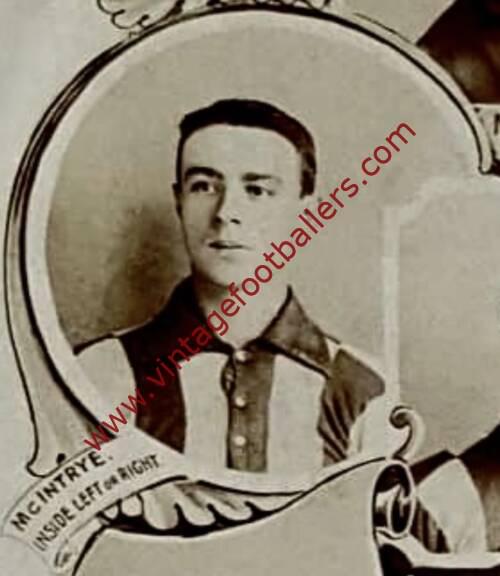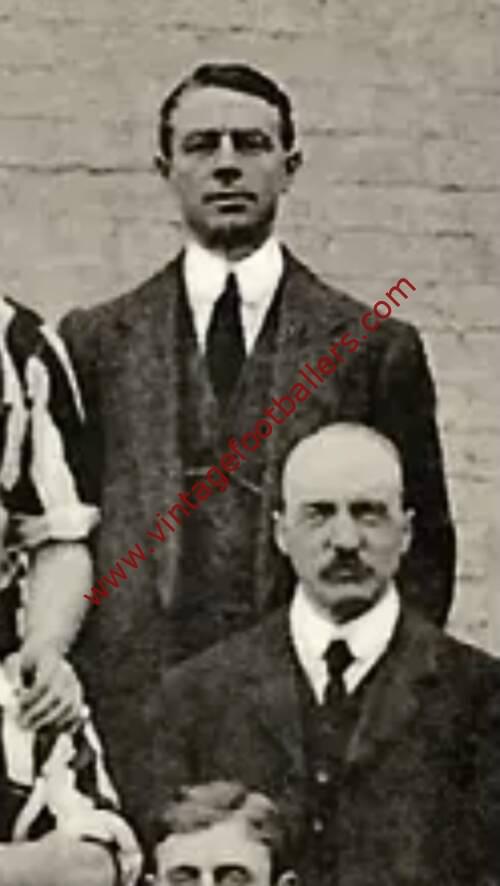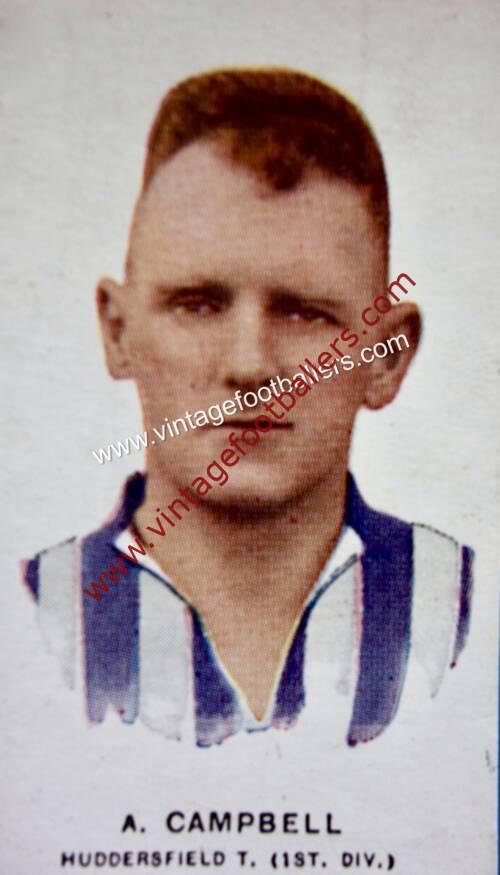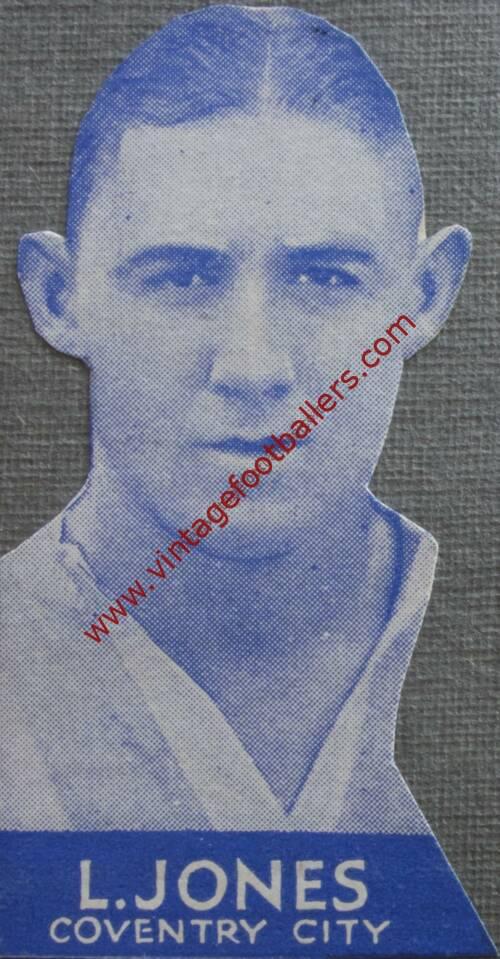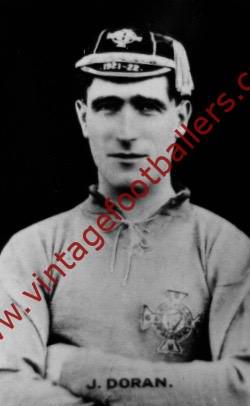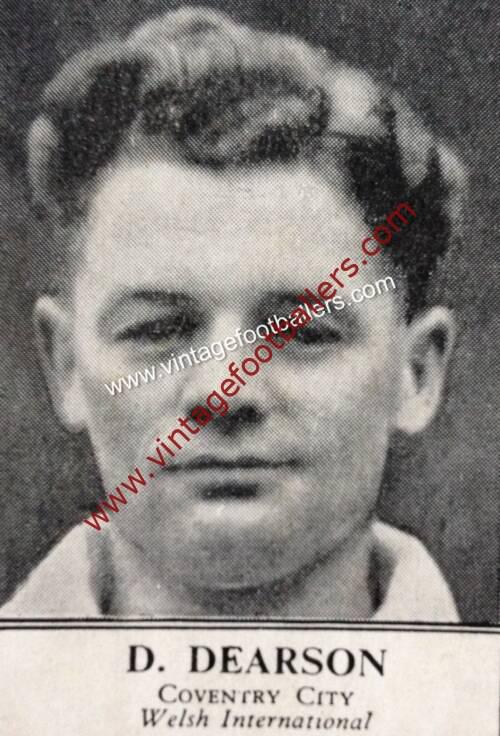Please choose your photo size from the drop down menu below.
If you wish your photo to be framed please select Yes.
Note: 16″x 20″not available in a frame.
Images can also be added to accessories. To order please follow these links
£8.95 – £49.95
Please choose your photo size from the drop down menu below.
If you wish your photo to be framed please select Yes.
Note: 16″x 20″not available in a frame.
Images can also be added to accessories. To order please follow these links
Darlaston, Staffordshire born inside left or right Jimmy McIntyre began his football career with Witton in 1898 and played for Darlaston in 1899, and Wednesbury Old Athletic in 1900 before joining Walsall, who had failed to keep their Football League status the previous season, in 1901. He was then signed by First Division club Notts County in the 1902 close season, making his Football League debut at Derby County that September before returning to the team in March, scoring 3 goals in 9 matches for The Magpies before a move to Southern League club Northampton Town in the summer of 1903.
After a season at The County Ground he joined Reading in 1904, where he spent three seasons before joining Coventry City in 1907. He had a single season with Coventry and finished his playing career with Dudley & Bournbrook in 1908.He then returned to Coventry City initially as assistant trainer, then as trainer before joining Southampton as their trainer in April 1912. becoming their manager in 1919 and leading them into The Football League in 1920.
Southampton just missed out on promotion in their first season, but in 1922 McIntyre successfully guided them into the Second Division as Third Division (South) Champions. The Saints finished equal on points with Plymouth Argyle and took the title on goal average, helped in no small manner by 5-0 victories over Southend United and Newport County, a 6-0 defeat of Charlton Athletic and an 8-0 hammering of Northampton Town on 24 December 1921 (which is still Saints’ biggest win in the Football League). In each of these matches Arthur Dominy scored twice, whilst Bill Rawlings scored three against Charlton and put four past Northampton, on his way to becoming top scorer for the season, contributing 30 of the team’s 68 League goals. Saints’ total of only 21 goals conceded in a 42 match season was a Football League record which stood until 1979 when Liverpool conceded just 16, and remains a record for Southampton.
In the 1923-24 season, Saints were starting to find their feet in Division 2 and only missed out on promotion by three points, with Rawlings again top scorer with 19 league goals. The following season was frustrating for the Saints who seemed to have lost the ability to score goals and, in December 1924 McIntyre suddenly resigned as manager and moved to Edinburgh to run an hotel. His departure took the directors by surprise – they announced that the board would take over the manager’s job for the rest of the season, with help from secretary George Goss.
He soon returned to football, taking over as manager at his former club Coventry City in June 1928. His presence was quickly felt as the club ended the 1929-30 season in its best ever league position, finishing sixth in Third Division (South). But after a long-running dispute with the board over the sale of several star players, McIntyre was sacked in February 1931.
He was quickly employed by Fulham in April 1931 and he guided them to the Third Division (South) Championship in 1932. From the outset, the Cottagers led the Third Division table and by April were worthy champions. It was a record-breaking season for Fulham and McIntyre became the first manager to win promotion from Division Three with two different clubs.McIntyre acquired several players from his former club, Southampton, with Bill Fraser, Arthur Haddleton and Bert Jepson moving to Craven Cottage in June 1932, followed by Mike Keeping and Johnny Arnold in February 1933, for a combined fee of £5,000. McIntyre boasted that this was “the best deal I ever brought off”.
The revival continued in 1932-33 when another spirited promotion attempt only failed in the closing weeks, with Fulham finishing in third position in Division Two. Fulham’s high hopes for the 1933-34 season were never fulfilled; supporters blamed this on the shock transfer of top scorer Frank Newton to Reading in September and his replacement with the £2,500 signing of Arsenal’s veteran striker Jack Lambert, who failed to make any impact. A run of bad results over the New Year led to McIntyre’s surprise dismissal in February 1934.
| Weight | N/A |
|---|
